Summer has traditionally been the hungriest time for kids because many of the meals they receive in school disappear.
In the towns along the border of southwest Virginia and northeast Tennessee, the situation is especially challenging for families, but thanks to changes in policy, organizations are able to step up in a moment of crisis.
In the border towns of Southwest Virginia and Northeast Tennessee, summer is especially challenging for kids. But thanks to new policies, we have the chance to change that.
How We’re Ending Summer Hunger
“This past year, our family took a big loss of money and I didn’t really know what to do,” said Keeley, a mother of four. “This actually has helped a lot, having snacks and things for the kids and not having to worry about what I was going to feed them.”
She is one of thousands of families who benefit from the summer meal program in Northeast Tennessee. For years, only 13 of every 100 kids who received free or reduced price meals during the school year were able to access summer meals.
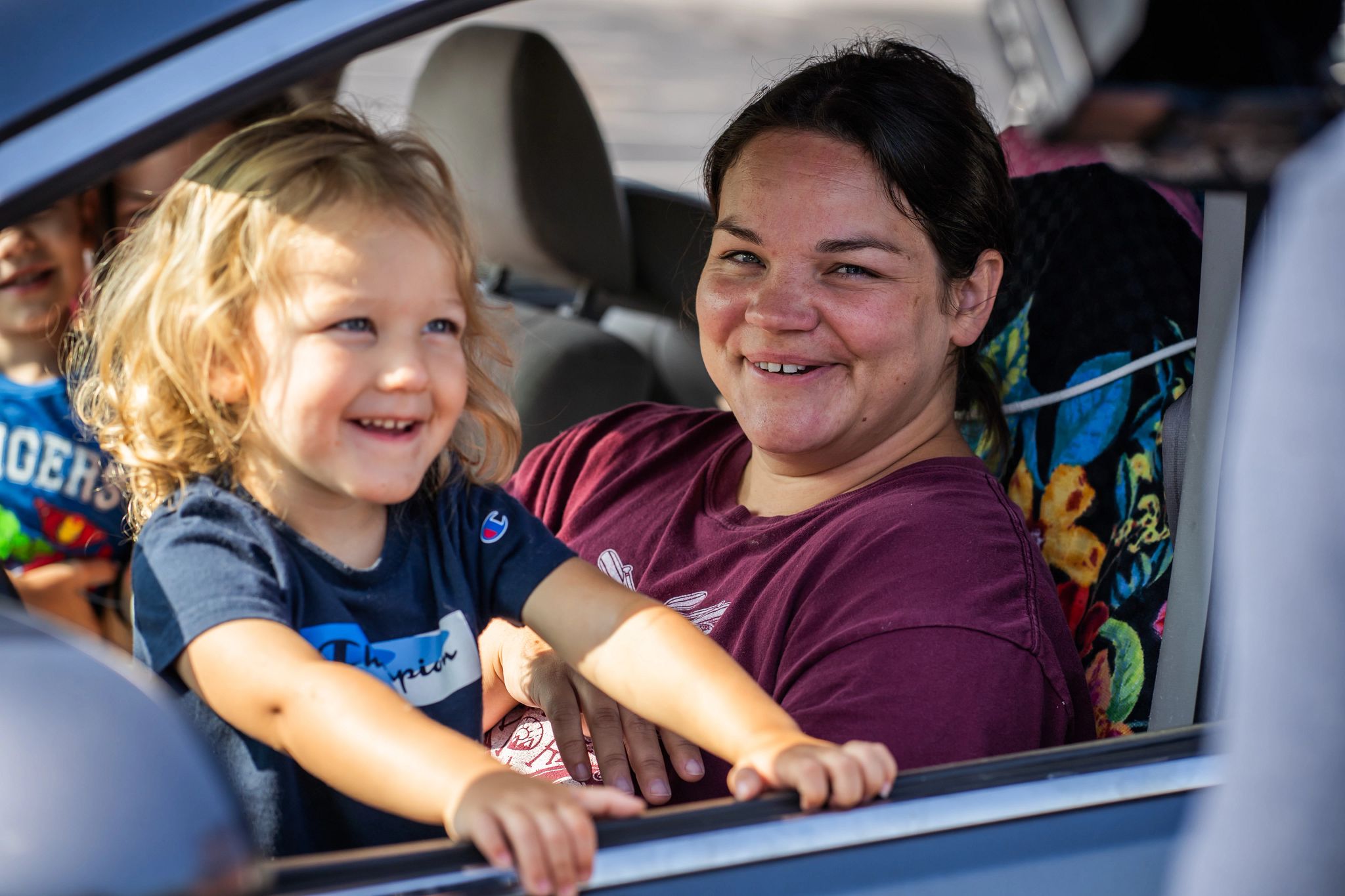
13
%
of kids who get free and reduced meals are able to access summer meals.
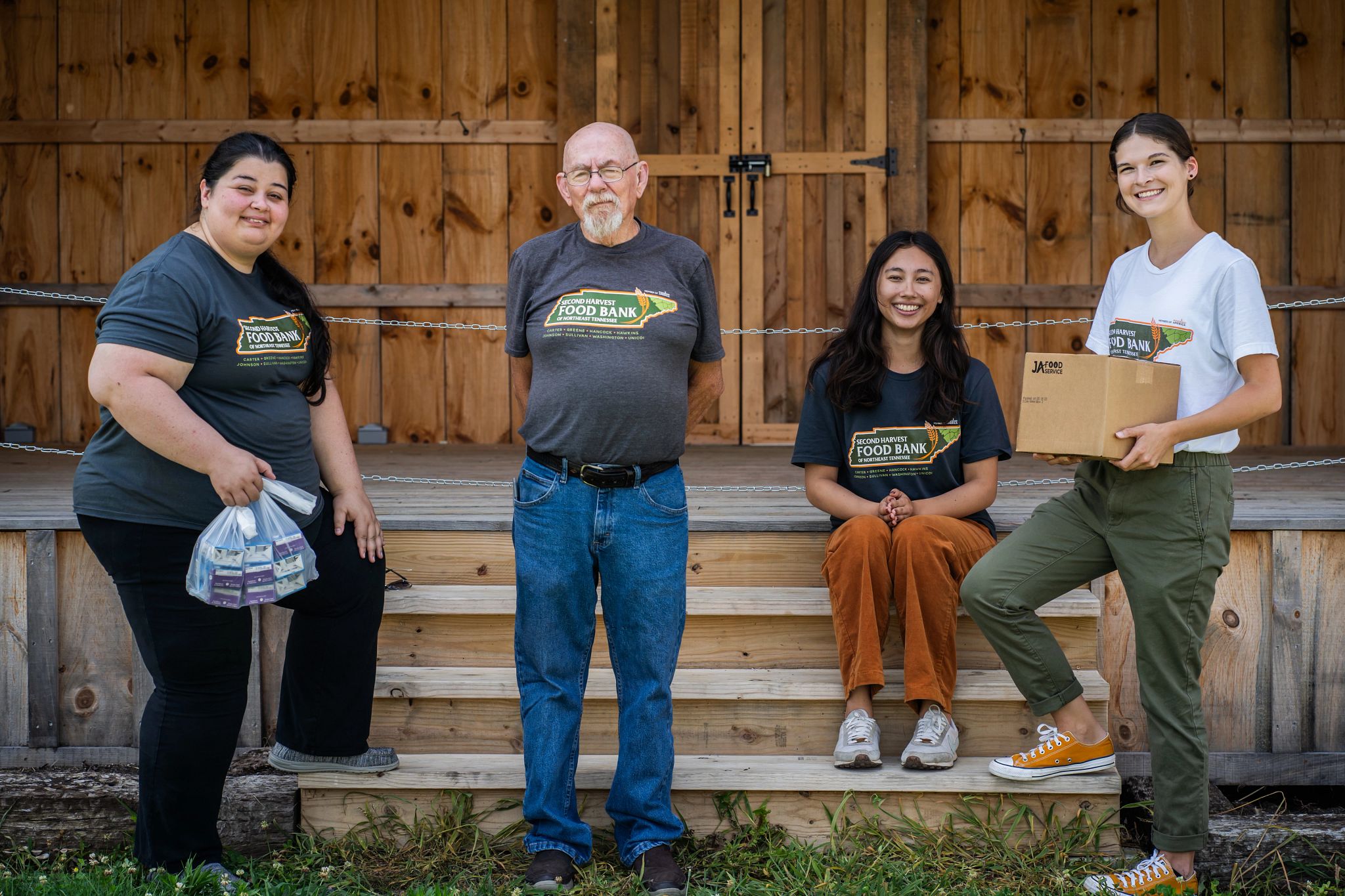
In December of 2022, Congress approved new summer meals programs to help families like Keeley’s.
Now, rural communities can deliver meals or have families pick them up in designated locations. Before, families were required to bring their kids to meal sites and have the kids consume them there. This was difficult in rural areas like the mountains of Tennessee and Virginia.
”For a lot of kids and families, the old model just didn't work. In rural communities, there often aren't sites anywhere near where the kids are. Parents are working and can't get their kids to the sites, the weather can be hot or rainy.
Lisa DavisSenior Vice President of the No Kid Hungry campaign
This advocacy win was a huge step towards ending summer hunger. But the real work starts now.
With support from donors, we are working to ensure our local partners, like Feeding Southwest Virginia and Second Harvest Food Bank of Northeast Tennessee, are equipped to provide these meals to families. No Kid Hungry has provided them with grants to purchase vehicles, equipment to keep the food safe and to pay and support staff.
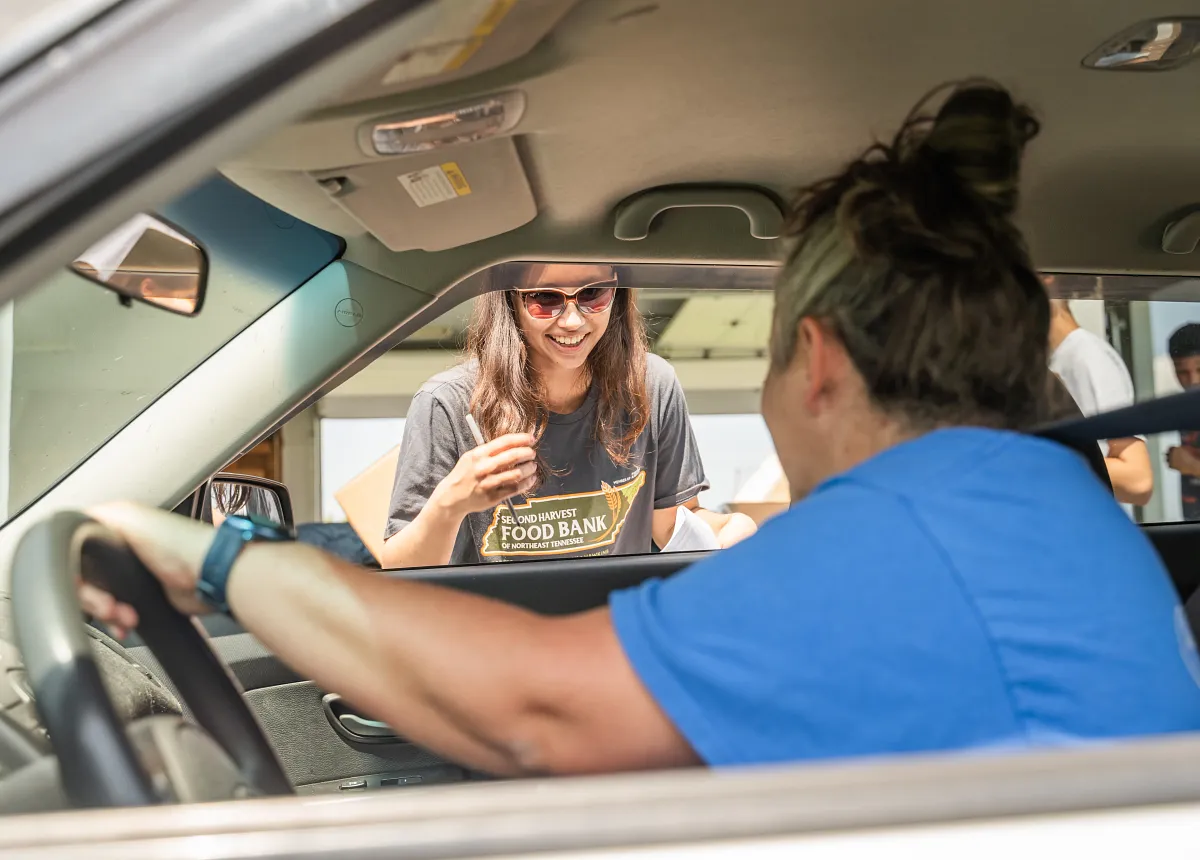
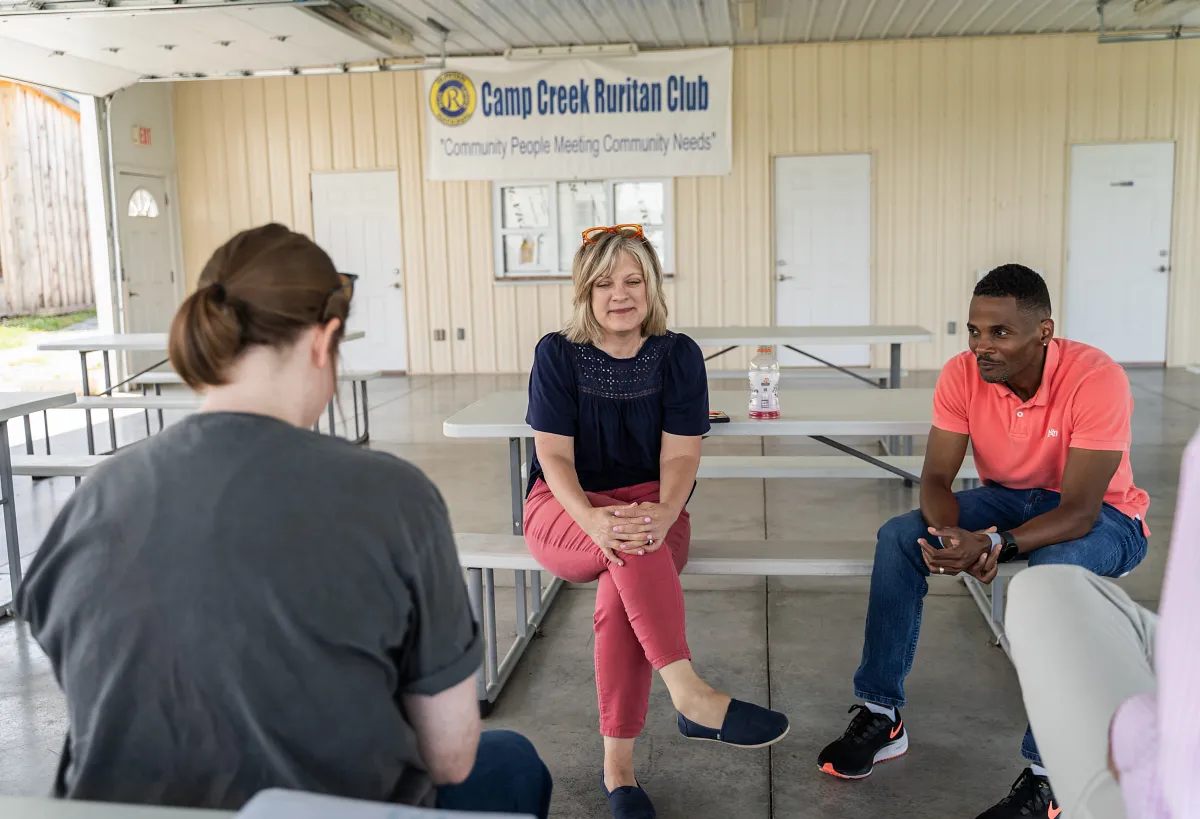
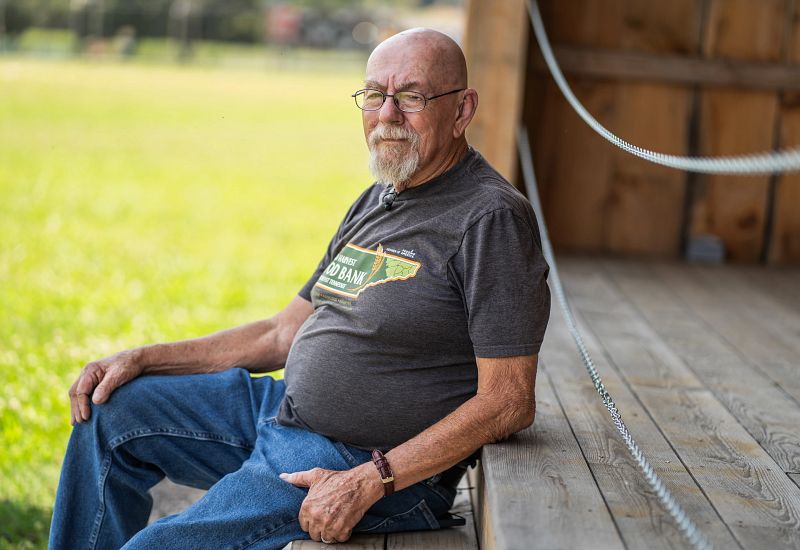
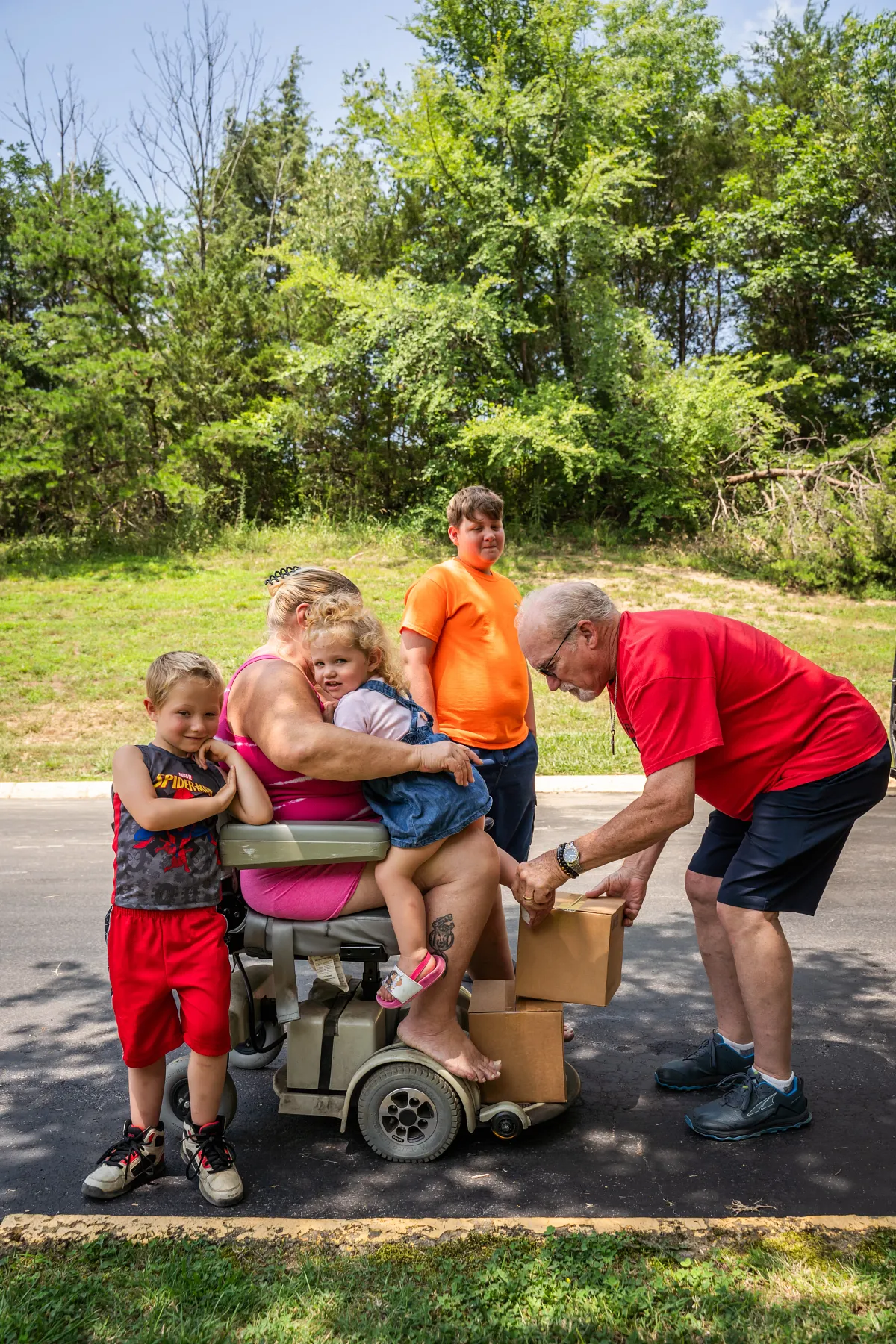
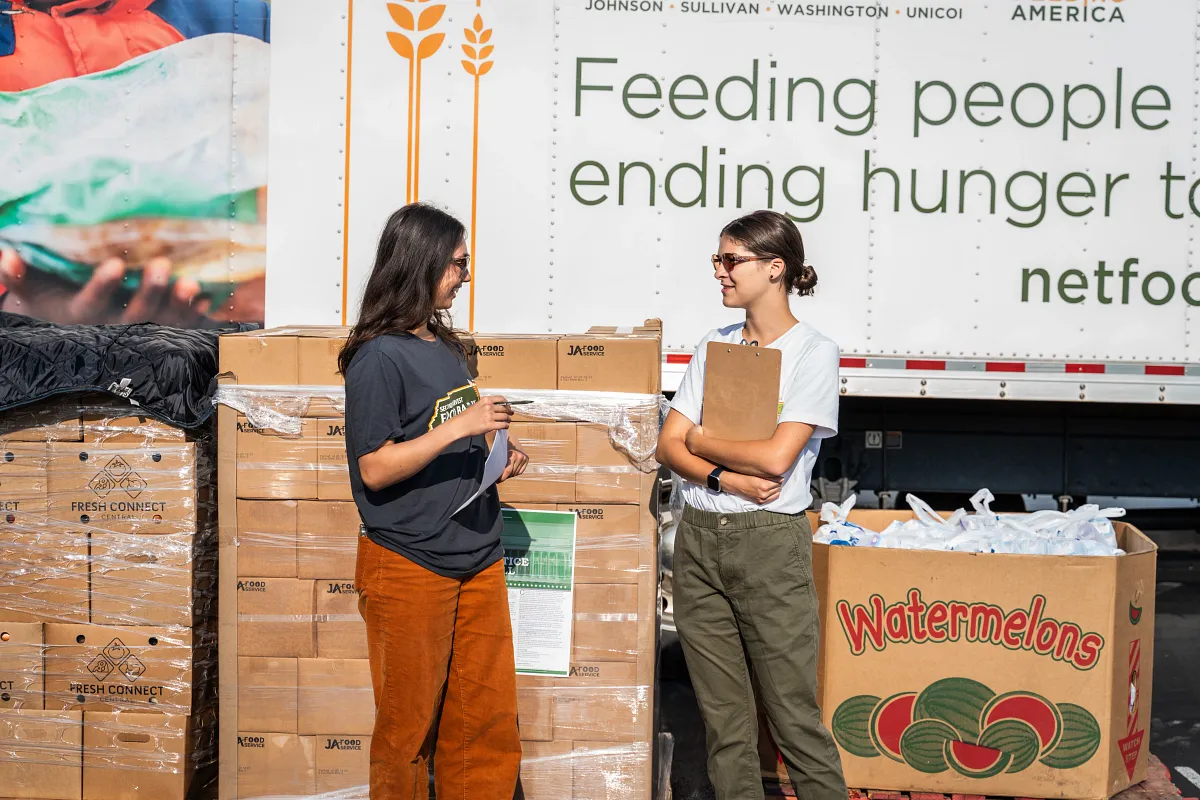
Families Making Sacrifices to Make Ends Meet
The mountainous border region between Virginia and Tennessee is breathtaking. The tall mountains covered with rhododendrons, the rivers and winding roads are magical, but the people make the place what it is. Families here are hard-working and look after each other through challenging times.
For generations, families relied on industry and mining as a main source of income, but many of the industries have closed – costing many of their jobs. In addition, the region has also been impacted by the opioid crisis; extended families like grandparents, aunts and uncles have stepped up to raise kids of people affected by the epidemic.
Families in the region are resilient and stay positive through difficult times. But even when neighbors help each other, transportation can be a big issue. Many families have to drive up to an hour to find grocery shops, and sometimes they can only reach small gas stations with processed food. The prices of food and gas have continued to climb and the salaries have not kept up.
The Challenge of Distance
20 minutes
“Closest supermarket's probably 20 minutes away and that's just a little old gas station.”
Daniel RoseDad in Virginia
1 hour
“My vehicle is broke down. If you don't have a vehicle, it is hard to get food for your kids...Rogers was the closest [grocery store]and it's about an hour drive from here.”
Melinda JohnsonMom in Tennessee
5 miles
Just a third of eligible kids live within five miles of traditional summer meal sites in rural communities.
”[We are] able to drop off meals for the entire week to families that need this food. They depend on this food.
Rhonda ChafinExecutive Director of Second Harvest Food Bank of Northeast Tennessee
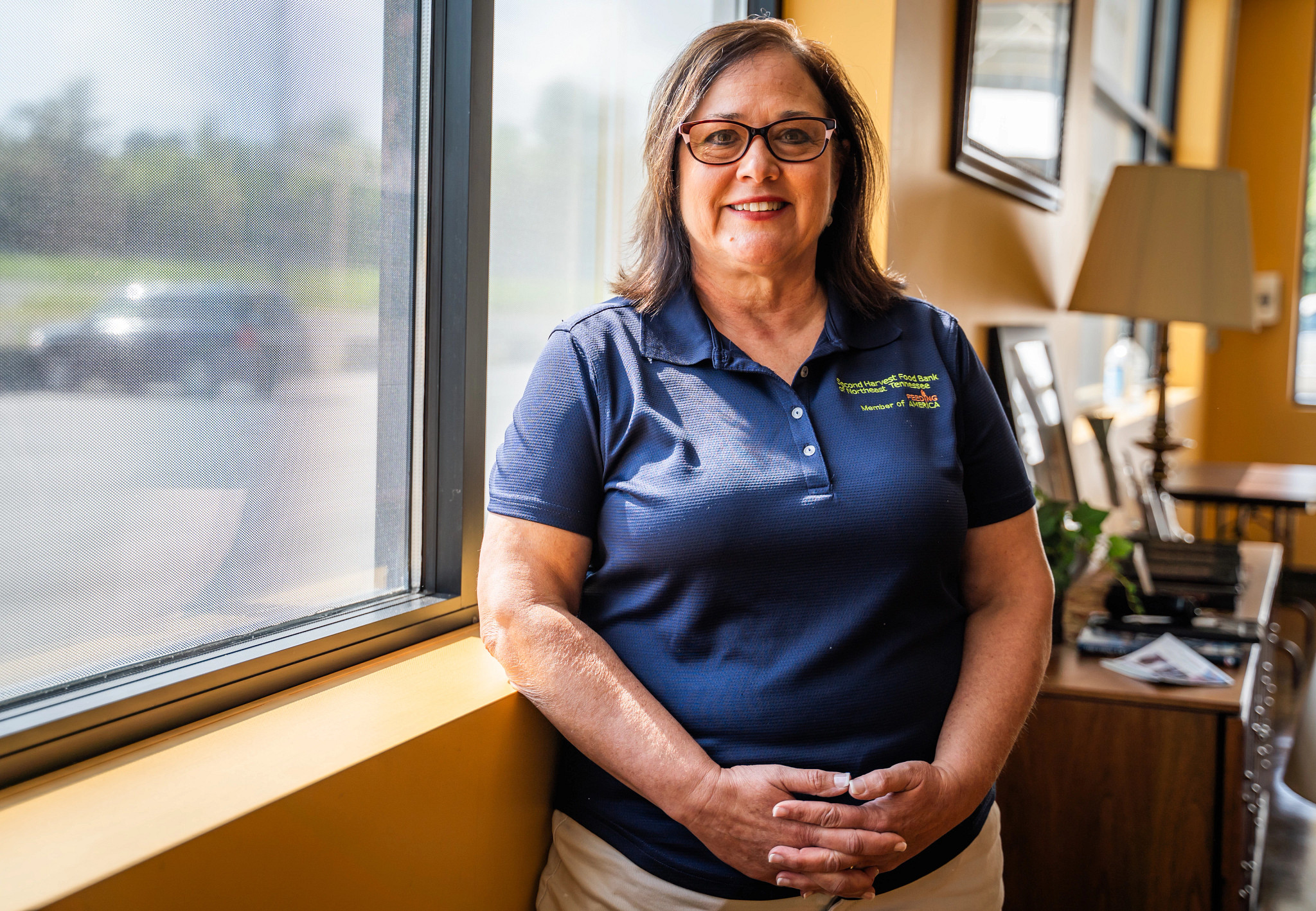
Rhonda Chafin has devoted 30 years of her life to ensuring people in her community have healthy food. Today she serves over eight counties in the region.
Watch this short video about Rhonda Chafin, who has devoted 30 years of her life to ensuring families in her community have healthy food.
Across the state, Pamela Irvine, president and CEO of Feeding Southwest Virginia, has a 44-year history with the food bank and is a founding member.
She works with Howard, Rhonda’s husband, who after a career as an elementary school teacher, decided to work helping kids and families in his community.
”Thanks for being relentless to get this passed for us because as you can tell by our numbers, it's really made a difference in the kids we can feed during the summer.
Howard Chafin
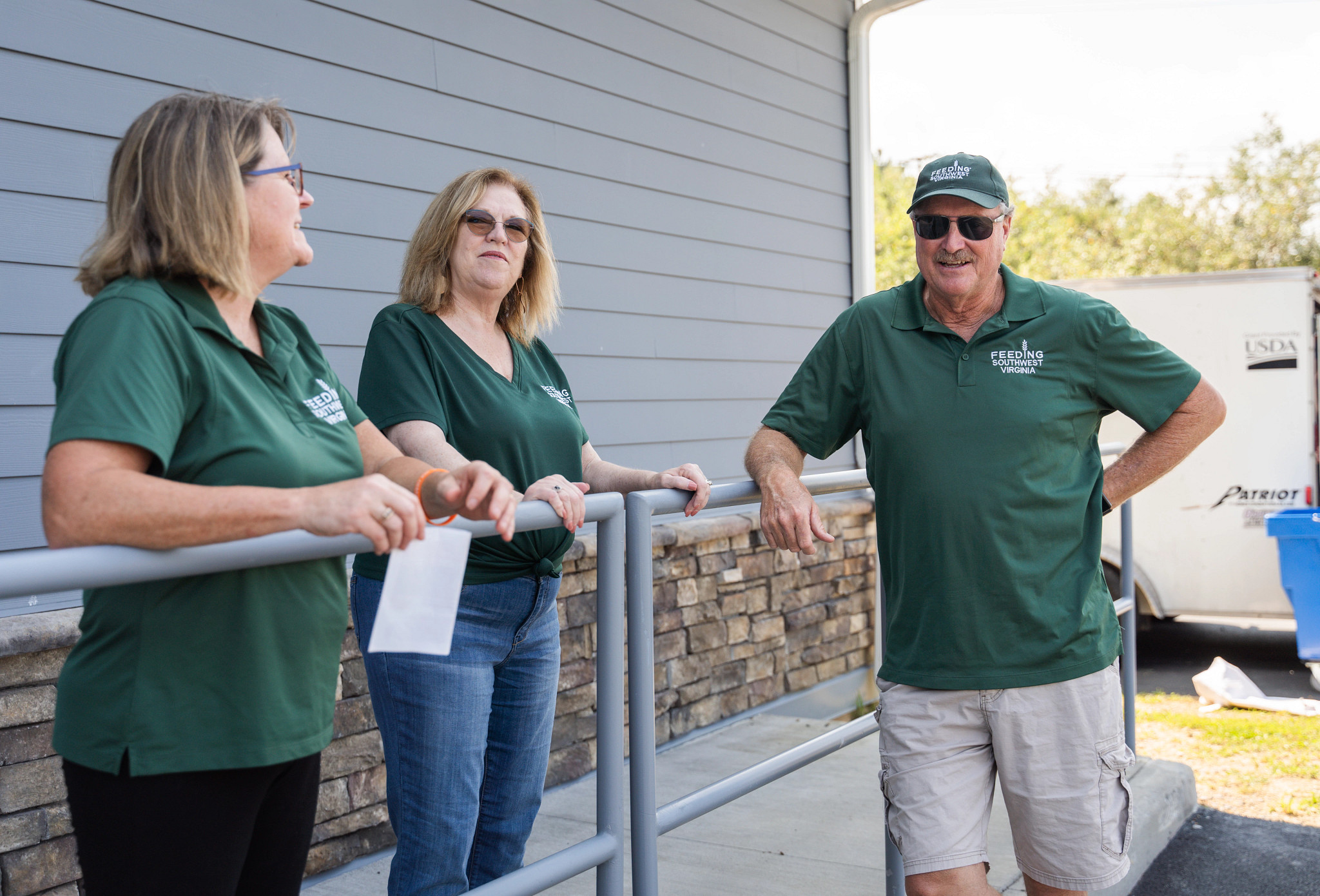
The new rules are helping feed a lot more kids in the summer
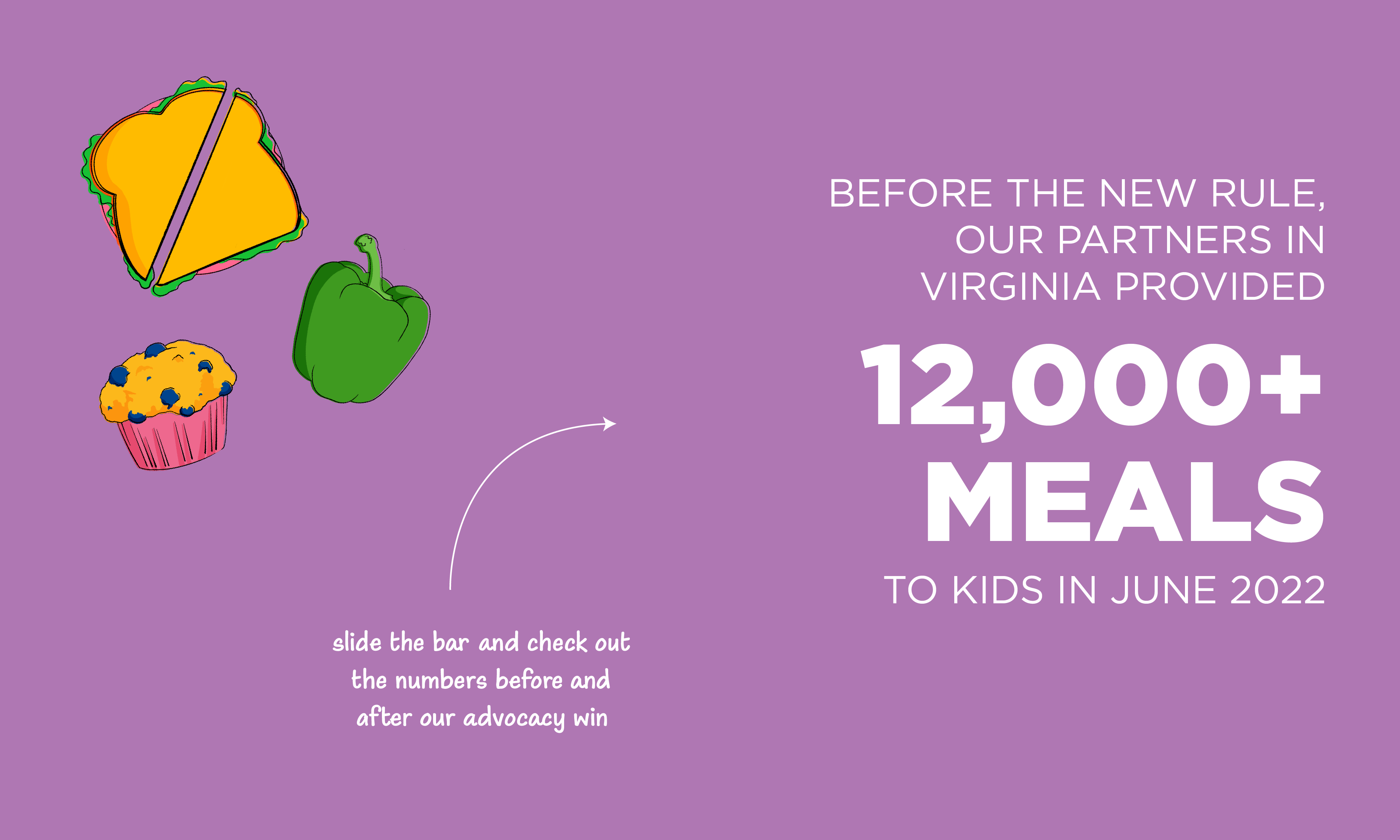
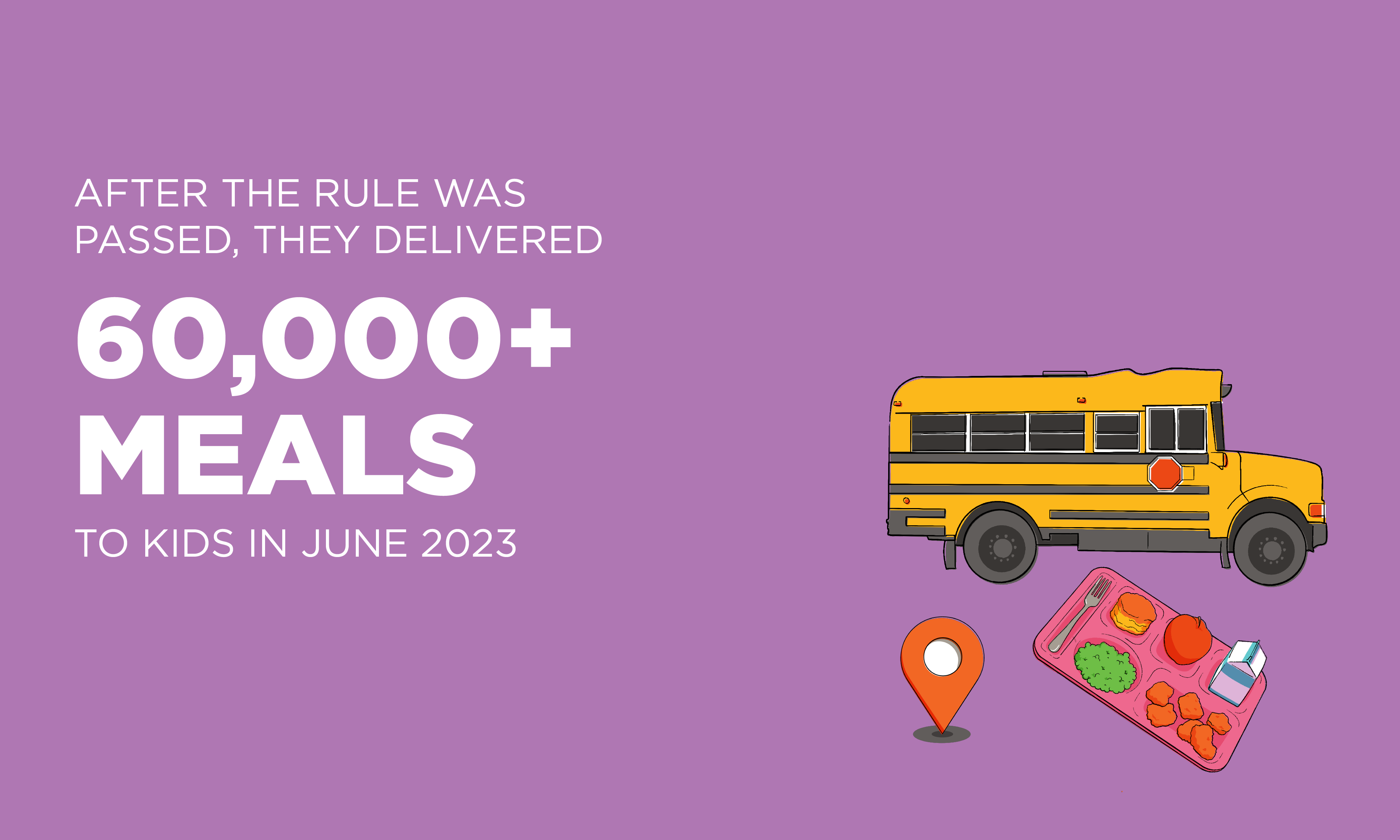
The Stories Behind the Numbers
The numbers are impressive on their own, but behind them are the stories of thousands of kids who would otherwise be hungry, the stories of families who don’t have to skip meals anymore, and kids who can focus on having fun and playing during the summer.
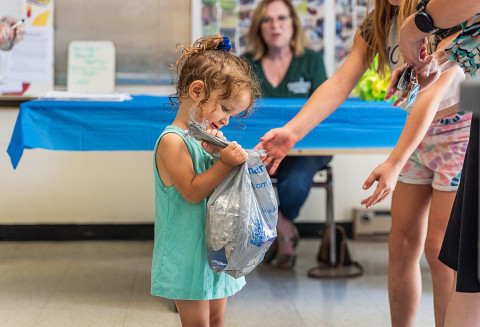
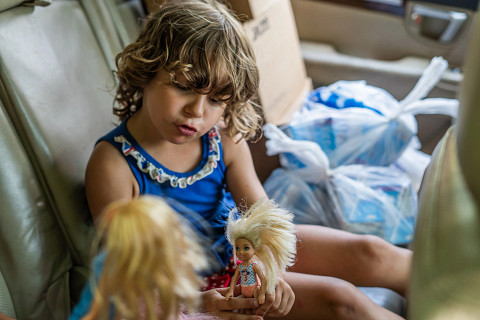
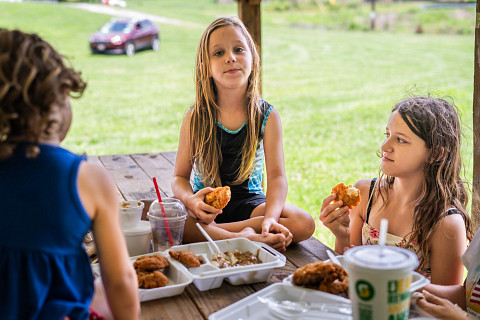
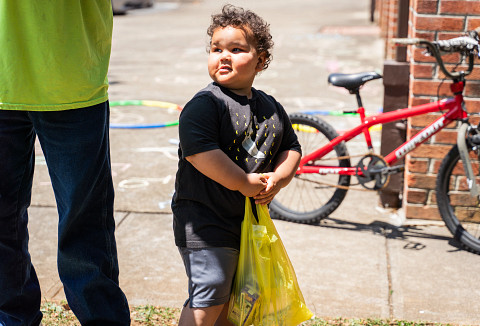
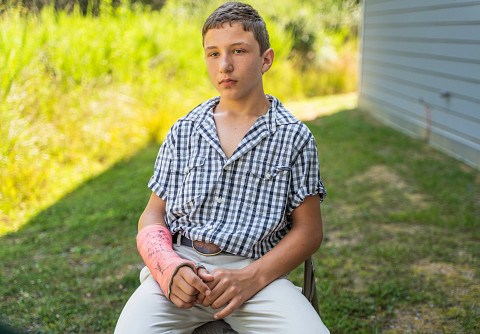

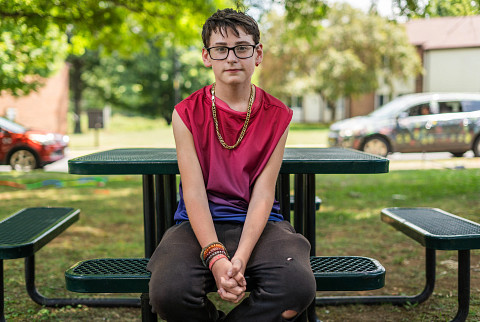
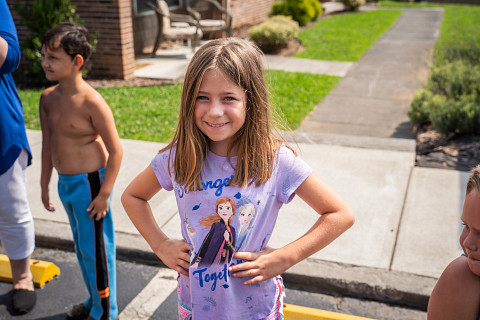

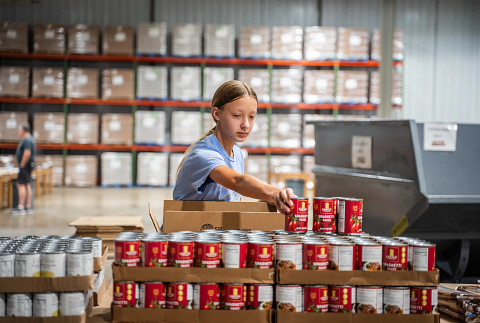

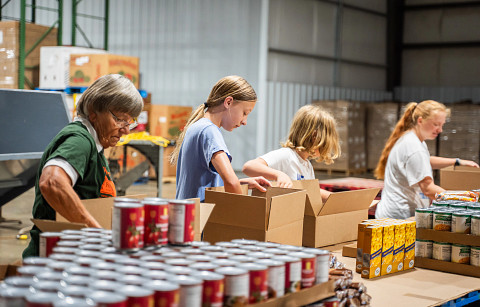
13 million children in the United States live with hunger. Kids and families near you are struggling.
But you have the power to end summer hunger for kids. With your support we can help children, families and communities.
© 2024. Share Our Strength | 1030 15th Street, NW, Suite 1100 W Washington DC, 20005